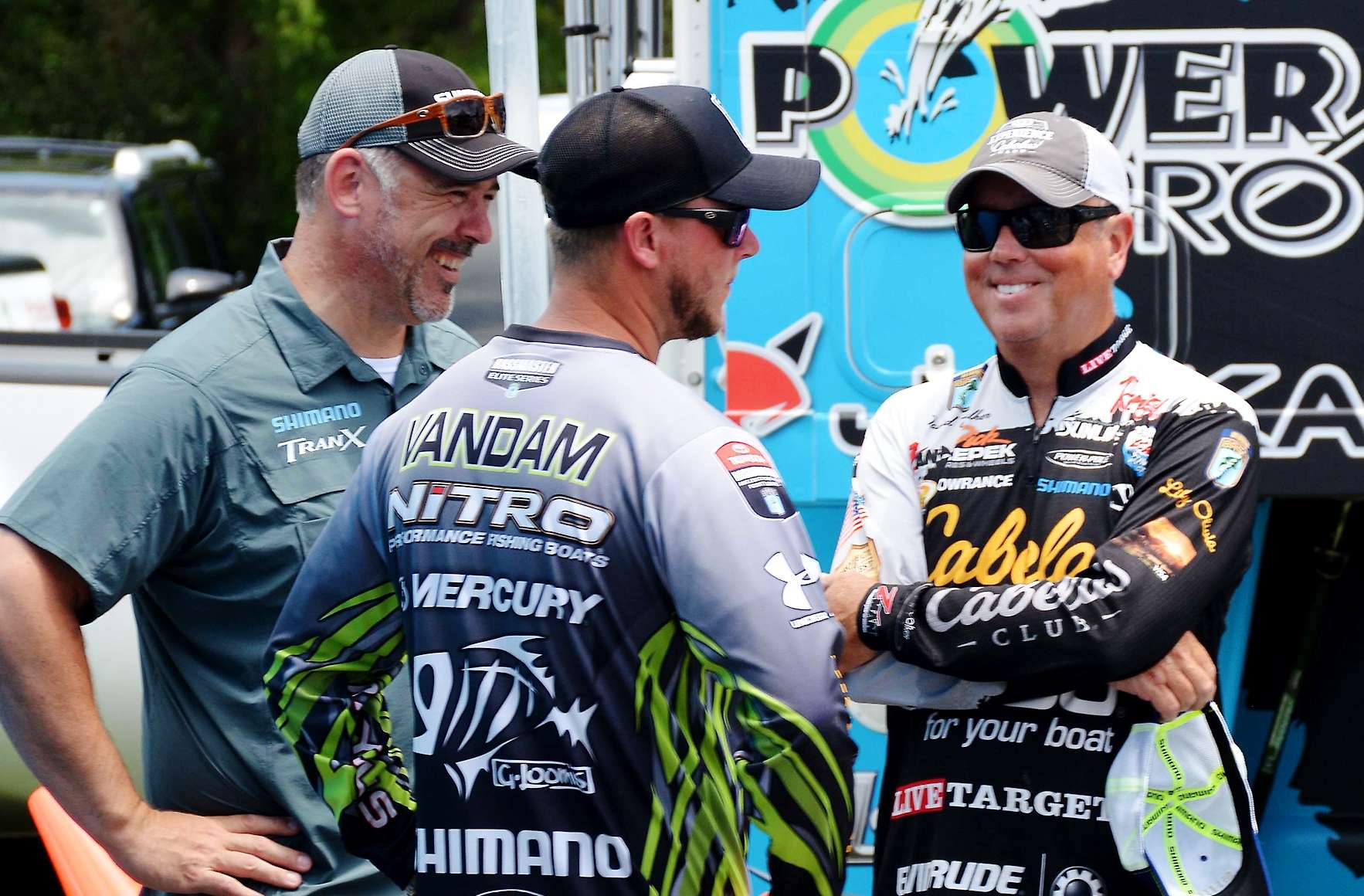
Last time, I gave you the basics for building a good résumé and cover letter. I hope that you got started on the résumé and are now thinking about the cover letter.
Editor’s note: Read part 1.
To better prepare you for that and what lies ahead, let’s hear what a few key pro staff managers have to say on securing sponsorships.
All are with powerhouse companies whose brands are leaders within their respective categories, and they deal with new applicants on almost a daily basis … so listen close.
A foot in the door
Representing the largest lure manufacturer in the world, Rapala pro staff manager Dan Quinn says he gets upwards of 1,000 applications each year. To sort through them all, he looks for key qualities in every applicant.
“We’re looking for people who can relate to the public, media and our dealer network. Sure, it helps if they’re really good at catching fish, but that’s hardly the most important factor,” he points out. “It’s a combination of qualities that’s likely to get them a second look.”
Rapala, like a number of other companies, has created an entry-level program to help determine who the best grass roots candidates may be. It’s largely performance based and, for Quinn, it separates true prospects from mere wannabes.
“We offer a VIP program through our website, which entitles applicants to purchase product at a discount,” states Quinn. “By signing up for the program, it enters their name into the system where they can later be evaluated, based on their performance. So, if a VIP member demonstrates an ability to generate exposure or help increase sales through key dealers in a specific area or market, we’ll see it.

“For any of our grass roots anglers, it’s the best way to move up through the ranks. And good communication can help.” But he warns not to overdo it. “I’m not looking for a pen pal — just someone who will report in periodically with worthwhile updates.”
Who’s working for who
Shimano marketing manager, Kurt Mazurek adds, “As you can imagine, I get a steady stream of sponsorship requests, and I would suggest new applicants think about it the same as they would when applying for any other job. Be professional. “A resume and an introductory cover letter, triple checked for (proper) spelling and grammar is a great place to start,” he continues. “But most importantly, the letter should be quick to explain what that angler can bring to the relationship.”
Mazurek feels there is often a misunderstanding about the nature of the relationship between manufacturers and sponsored pros. “Pros need to think of themselves as part of the company’s marketing team,” he stresses. “Companies hire anglers to deliver brand and product messaging to consumers who are influenced by that angler … which, in turn, should increase sales.”
Ron Colby of Gary Yamamoto Custom Baits, concurs. Serving as vice president of operations, Colby oversees the company’s pro staff, and he too feels there should be a team effort when it comes to representation.
“I’m a risk/rewards kind of guy, but I need some assurance of an applicant’s ability to improve our bottom line before I’m willing to spend any money with them.
“Believe me, I get it. I fished competitively for years, and I had the same aspirations,” he confides. “But now that I sit on this side of the desk, I have to look out for our company and the brands I’m charged with growing.”
Socially unacceptable
Not surprisingly, many applicants make the mistake of trying to access marketing people through their Facebook or Twitter accounts. This is an absolute no-no. Mazurek reveals, “It’s shocking to me how often people try to reach me through my personal social media pages … with a message that simply says, ‘I fish and therefor you should sponsor me!’ “If I had approached Shimano for this position and said, ‘I like marketing and therefor you should hire me,’ there’s no way I would have become their marketing manager.”
Dan Quinn has another concern with social media. He warns, “While it can be a great tool to promote yourself and the companies whose products you hope to represent, it doesn’t always carry the weight one might expect. Unless an angler is at the elite level nationally or can demonstrate strong impact regionally, it’s a non-factor for us.”
Colby agrees. And he cautions any angler to think twice before fabricating the number of impressions they feel they can generate through social media … or any other platform, for that matter.
“Those numbers are easily accounted for, so misrepresenting your reach is not a good idea. Instead, share what’s legitimate and tangible, that can help promote a specific brand or product line.”
Though Colby and Quinn may be critical of the numbers, don’t be completely discouraged. Social media, if used effectively, can be very useful. In fact, most sponsors require some sort of involvement, and they are keenly aware of the frequency at which their brands and/or products appear. But it takes time for an angler to make those platforms truly worthwhile.
In listening to these comments, hopefully the message is becoming clearer.
Sponsorships are relationships. And unless you truly have something to offer, your time may be better spent looking for fish rather than sponsors … at least for now. But if you feel confident you have more to offer than just fishing skills, stay tuned for part 3 in this series where we’ll hear some real horror stories of anglers who destroyed their chances at securing sponsorships.
Until then, better get cracking on that cover letter.

